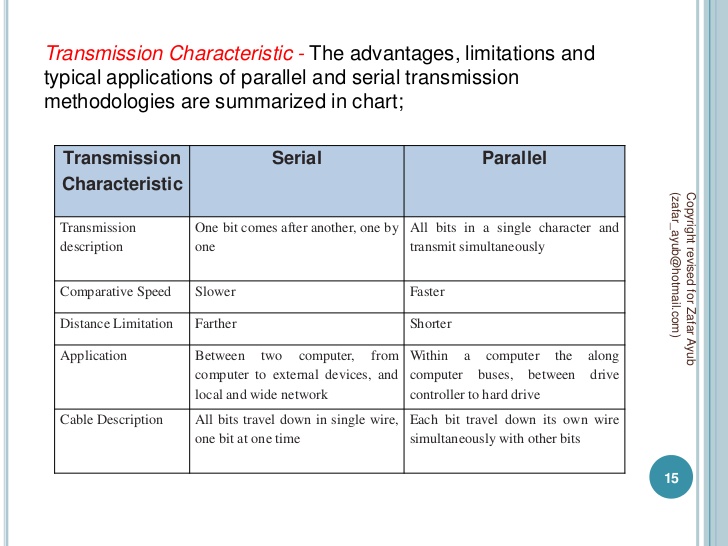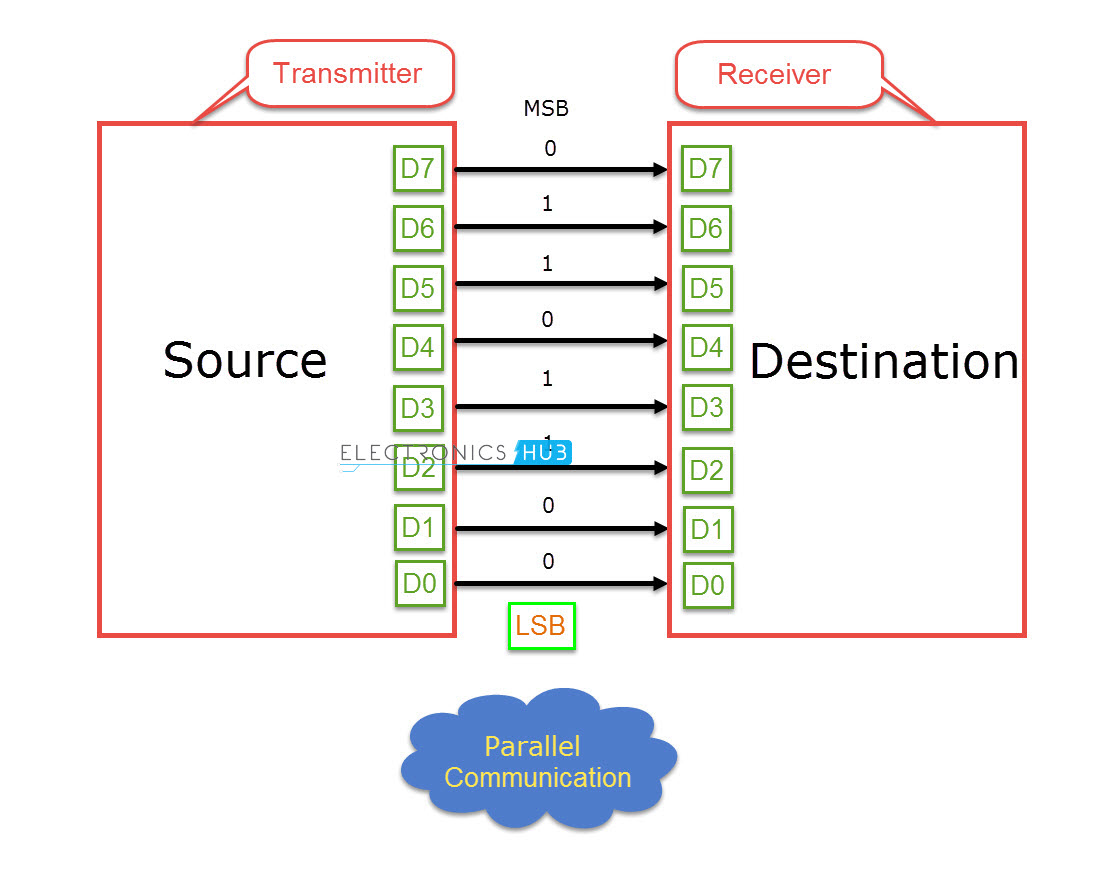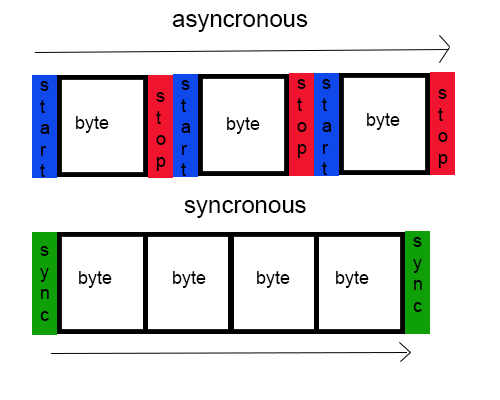

It is suitable for relatively small amounts of data. A parity bit is usually sent to allow for checking for errors during the transmission. One character is transmitted at a time using start and stop bits to identify the beginning and the end of the character. If devices aren’t synchronised data will be lostĪsynchronous is simply transmission between 2 devices that don’t share a common clock signal.Once synchronised data can be sent with no other information.Sending device will control transmission rate to match receiving device.2 devices will synchronise their transmission signals (based on system clock).Synchronous vs Asynchronous Computer Science Tutor Reading the value could be inaccurate if you read before all bits have arrived. This is a result of distance, some bits may arrive at slightly different times. Skew can easily affect data transmission, leading to errors. Offers faster transmission when compared to Serial Signal strength degrades over distance, so repeaters and so on requiredĮach binary word is transmitted as one, with a signal path for each bit, additional signal paths for Return, Ready/Busy, & one strobe wire are required Ready/Busy is the status of the receiver, strobe wire used after signal placed onto wires on Strobe receiver will set Busy & read after read the receiver sets Ready.

Only need one signal path per way, can be used to route over telecommunications, saves cost of cabling

Serial Data Transmission is commonly used in USB and crossover cables. In serial data transmission each bit is sent one after another by varying the line voltage between 0 & 5 volts for each bit, for two way communication a return wire is required. 6 Baud Rate - Bit Rate - Bandwidth - LatencyĬomms Methods Parallel Vs Serial Computer Science Tutor.


 0 kommentar(er)
0 kommentar(er)
